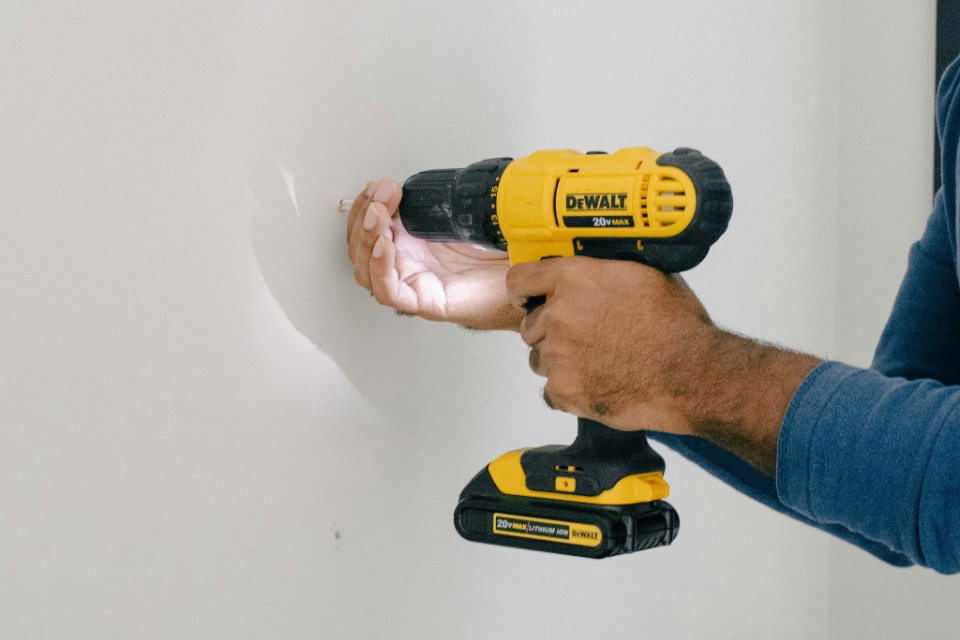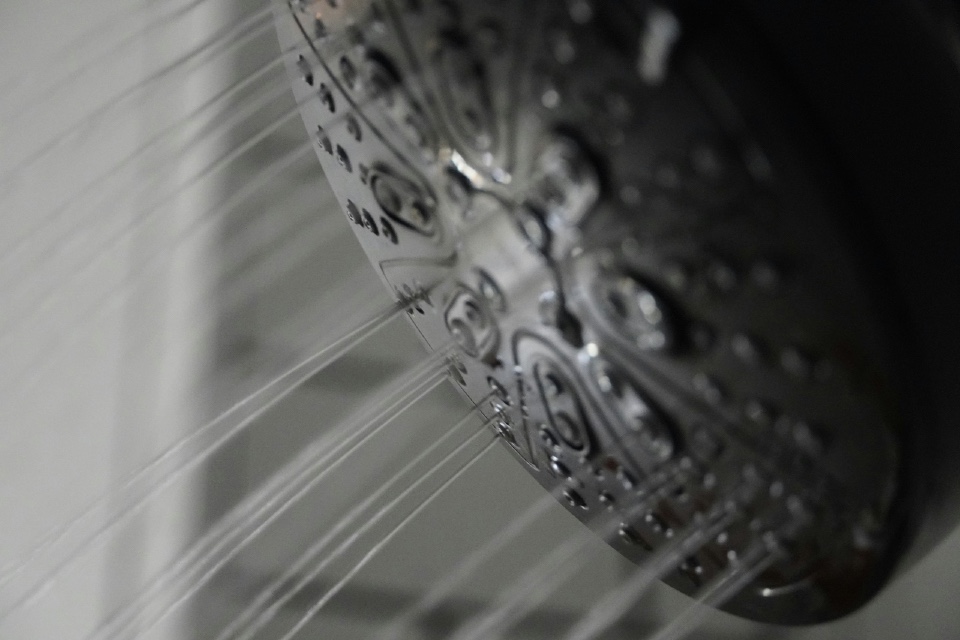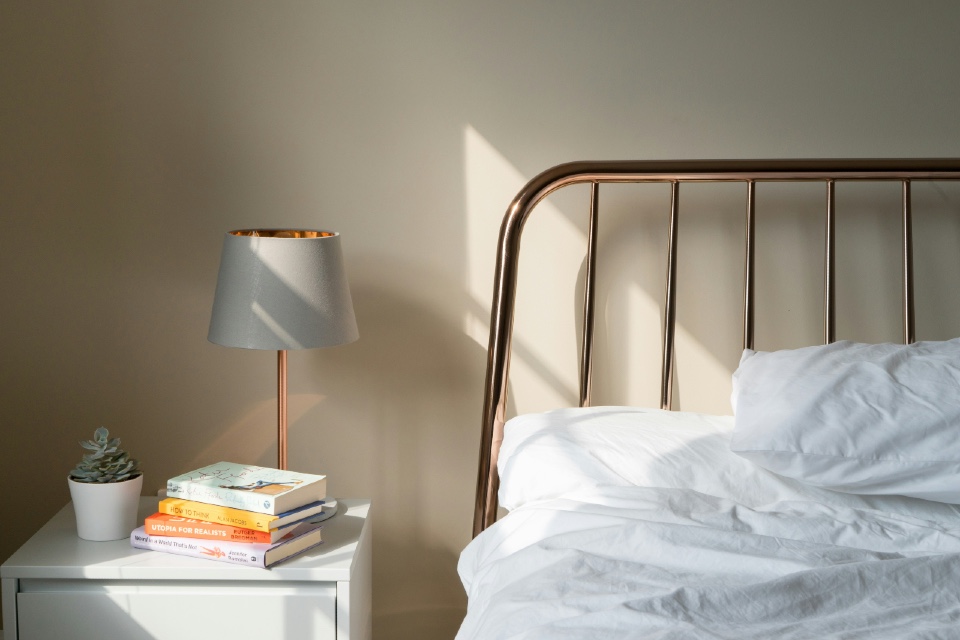Balancing the need to modernise aging infrastructure with tight budgetary constraints remains one of the most pressing challenges of 2025. With resident expectations rising, regulations tightening, and sustainability targets gaining urgency, providers are being forced to rethink their long-term capital investment strategies, particularly when it comes to bedrooms, bathrooms, and communal areas...
Residents and their families expect more than basic functionality. Demand is growing for improved accessibility, comfort, privacy, and safety in personal living spaces. Meanwhile, regulators are placing greater emphasis on dignity in care, infection prevention, and energy efficiency, prompting providers to reassess whether outdated facilities can be brought up to modern standards through retrofitting or require full-scale replacement.
The Case for Retrofitting
Retrofitting is often the preferred route when budget flexibility is limited, particularly for care homes operating within the public or charity sector. Upgrades such as walk-in showers, sensor lighting, anti-slip flooring, and ergonomic furniture can dramatically enhance safety and quality of life for residents without requiring structural overhauls.
Providers are increasingly turning to modular retrofit solutions that can be installed with minimal disruption. Prefabricated bathroom pods, for instance, offer fast installation times and allow for compliance with modern hygiene and accessibility standards. Likewise, smart technology, such as nurse call systems, fall detection sensors, and voice-activated room controls, can be layered onto existing infrastructure, enhancing care without expensive rewiring.
When Replacement Is the Smarter Investment
However, retrofitting has its limits. In facilities where space, layout, or condition constraints cannot be resolved through upgrades, full or partial replacement may prove more cost-effective in the long term. New-build wings or modular extensions can increase capacity, boost energy efficiency, and align better with future operating models, including specialist dementia care or more independent-living arrangements.
To support this, some care groups are adopting phased redevelopment strategies, replacing older rooms in blocks while keeping core services operational. This staggered approach ensures service continuity while spreading costs over multiple financial years.
Planning with Partners
Making the right investment decision requires working closely with trusted partners, from architects and equipment suppliers to construction firms and funders. Providers should seek out suppliers that understand the unique operational needs of care homes and can deliver bespoke, scalable solutions.
Tools like lifecycle cost analysis and environmental impact assessments are also becoming central to planning. These help care home leaders weigh short-term costs against long-term value, sustainability benefits, and regulatory compliance.
Care homes that make smart, phased decisions around retrofitting and replacement will be best positioned to meet evolving resident needs, regulatory demands, and business sustainability goals. The key is not choosing between retrofit or replace, but knowing when and how to do both.
Are you searching for Bedroom & Bathroom solutions for your organisation? The Care Forum can help!
Photo by charlesdeluvio on Unsplash






